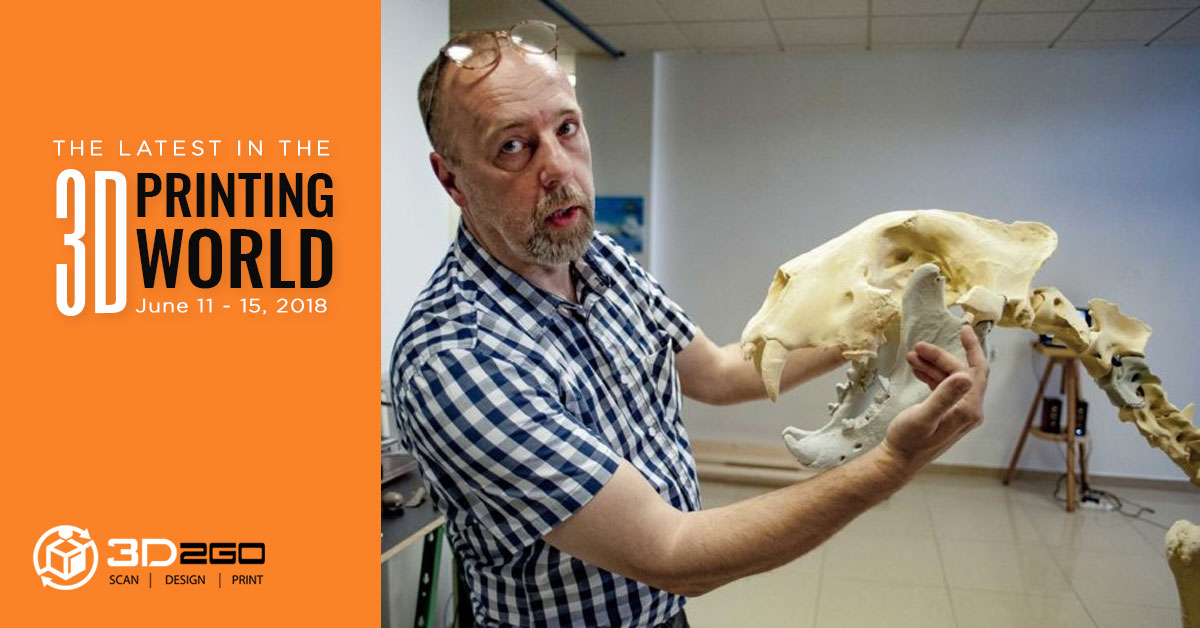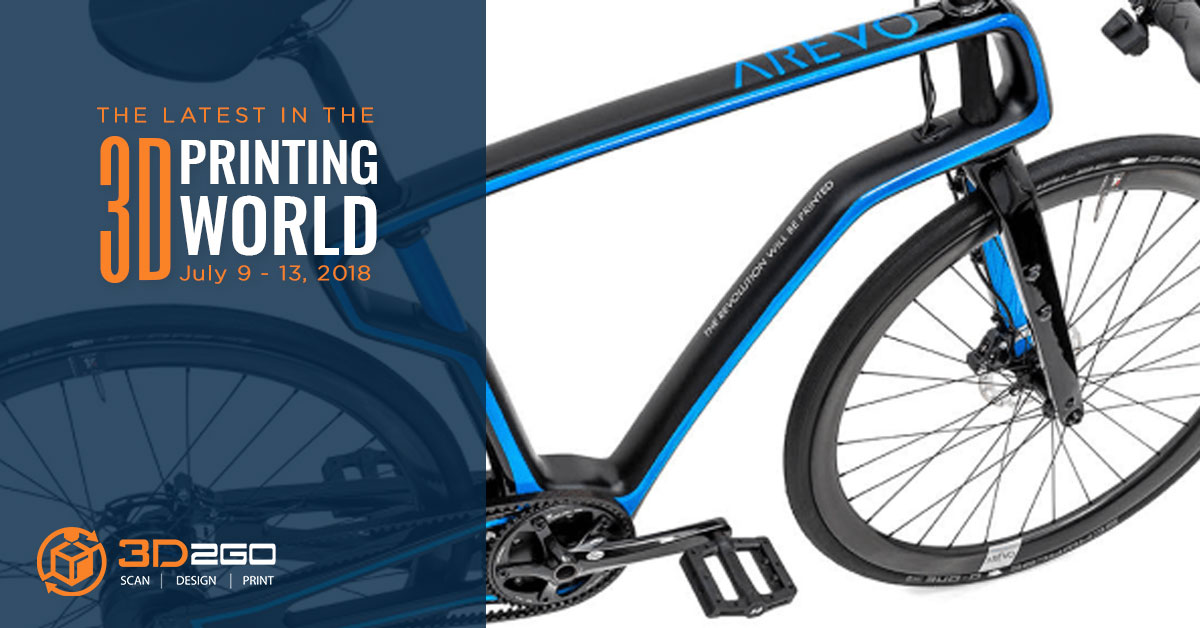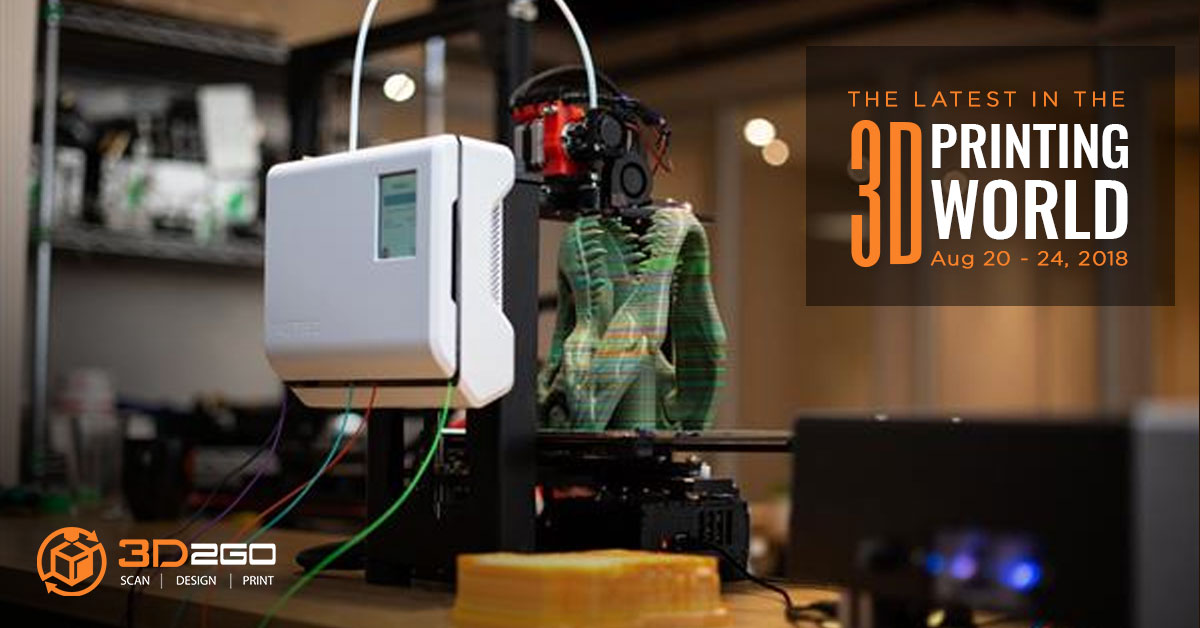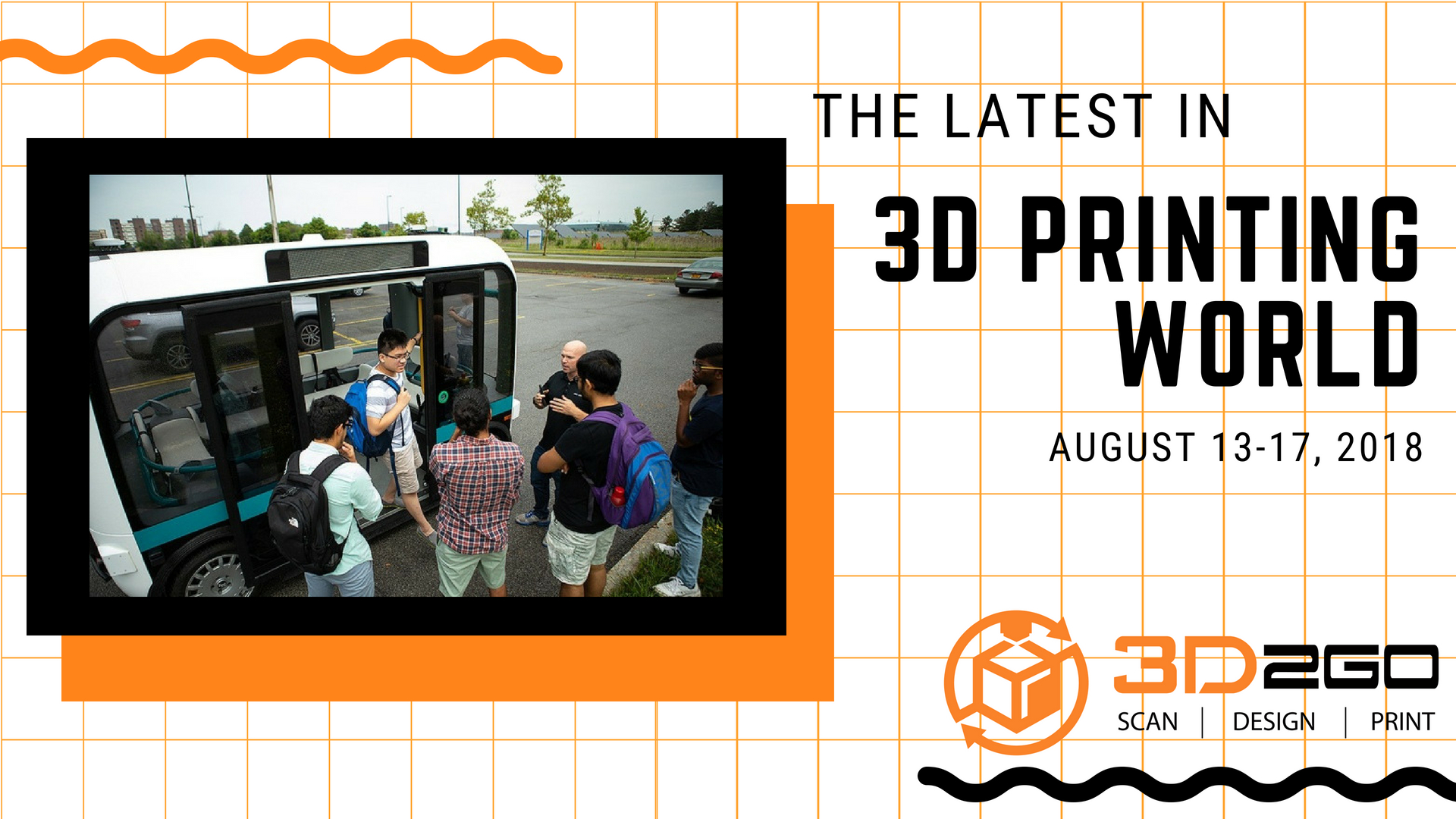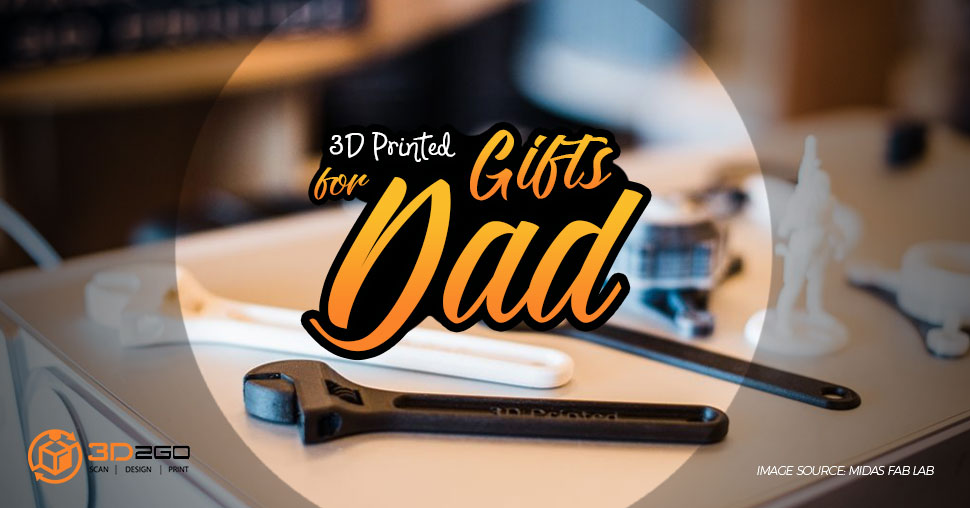
6 Best 3D Printed Father’s Day Gift Ideas
June 14, 2022
The Effects Of 3D Printing To The Environment
June 14, 20223D Printed Magnets As Replacement To Rare Earth Magnets
Amess Laboratory’s Critical Materials Institute engineers experimented with magnets using laser 3D metal printing to make less-expensive rare earth magnets.
The researchers experimented with magnets 3D printed from combinations of cobalt, iron, copper, and cerium to create an alternative to the more expensive rare-earth neodymium iron boron (NdFeB) magnets.
It is very challenging to use laser printing to identify potential permanent magnet phases for bulk materials because of the need to develop the necessary microstructure,” says CMI scientist Ikenna Nlebedim. “But this research shows that additive manufacturing can be used to rapidly and economically identifying promising permanent magnet alloys.”
Extinct Cave Lion Reconstruction
A team from the Slovak National Uprising Museum reconstructed a complete skeleton of a cave lion using the 3D printing technology.
The Eurasian cave lion, which closely resembles the modern lion, became extinct 13,000 years ago.
To complete the project, the team scanned pieces from various preserved individuals and put together to form a scan of the complete skeleton.
Ján Šperka, head technologist of the Digitization Centre from the said museum oversaw the project.
3D Printing Viscous Materials
A new research from the Purdue University revealed the possibility to achieve fine precision 3D prints using extremely viscous materials with the consistency of cookie dough and clay.
“It’s very exciting that we can print materials with consistencies that no one’s been able to print. We can 3D print different textures of food; biomedical implants, like dental crowns made of ceramics, can be customized. Pharmacies can 3D print personalized drugs, so a person only has to take one pill, instead of 10,” said Emre Gundez, an Assistant Research Professor in the university’s School of Mechanical Engineering.
3D Printed Tool For Exploring Ice In Outer Space
A team of students from Embry-Riddle Aeronautical University developed a 3D printed tool that could help astronauts explore underneath ice-covered surfaces.
The tool was developed as part of the Micro-g Neutral Buoyancy Experiment Design Teams Challenge which tasks undergraduate students to develop a tool that addresses a real, current space exploration challenge.
“NASA Microgravity Project provides a unique out-of-class learning experience for our students dealing with the aerospace environment,” said Sathya Gangadharan, Ph.D., Professor of Mechanical Engineering and co-advisor on the project along with Pedro Llanos, Ph.D., Assistant Professor of Spaceflight Operations and Payload and Integration Lab Supervisor.
To know more about the 3D printing industry, make sure to visit our blog.


